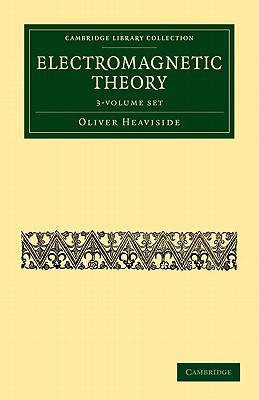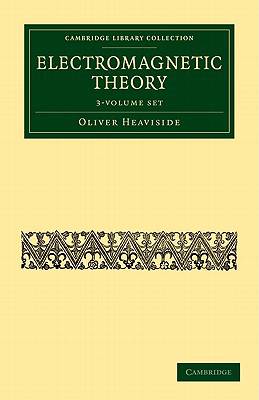
- Afhalen na 1 uur in een winkel met voorraad
- Gratis thuislevering in België vanaf € 30
- Ruim aanbod met 7 miljoen producten
- Afhalen na 1 uur in een winkel met voorraad
- Gratis thuislevering in België vanaf € 30
- Ruim aanbod met 7 miljoen producten
Zoeken
Omschrijving
Oliver Heaviside FRS (1850-1925) was a brilliant self-taught electrical engineer, physicist and mathematician. First published between 1893 and 1912, these three volumes summarise his influential work on electromagnetic theory. They include vector analysis, field equations, and the propagation of electromagnetic waves.
Specificaties
Betrokkenen
- Auteur(s):
- Uitgeverij:
Inhoud
- Aantal bladzijden:
- 1590
- Reeks:
Eigenschappen
- Productcode (EAN):
- 9781108032186
- Verschijningsdatum:
- 15/09/2011
- Uitvoering:
- Boek
- Afmetingen:
- 140 mm x 216 mm
- Gewicht:
- 2170 g

Alleen bij Standaard Boekhandel
+ 287 punten op je klantenkaart van Standaard Boekhandel
Beoordelingen
We publiceren alleen reviews die voldoen aan de voorwaarden voor reviews. Bekijk onze voorwaarden voor reviews.








